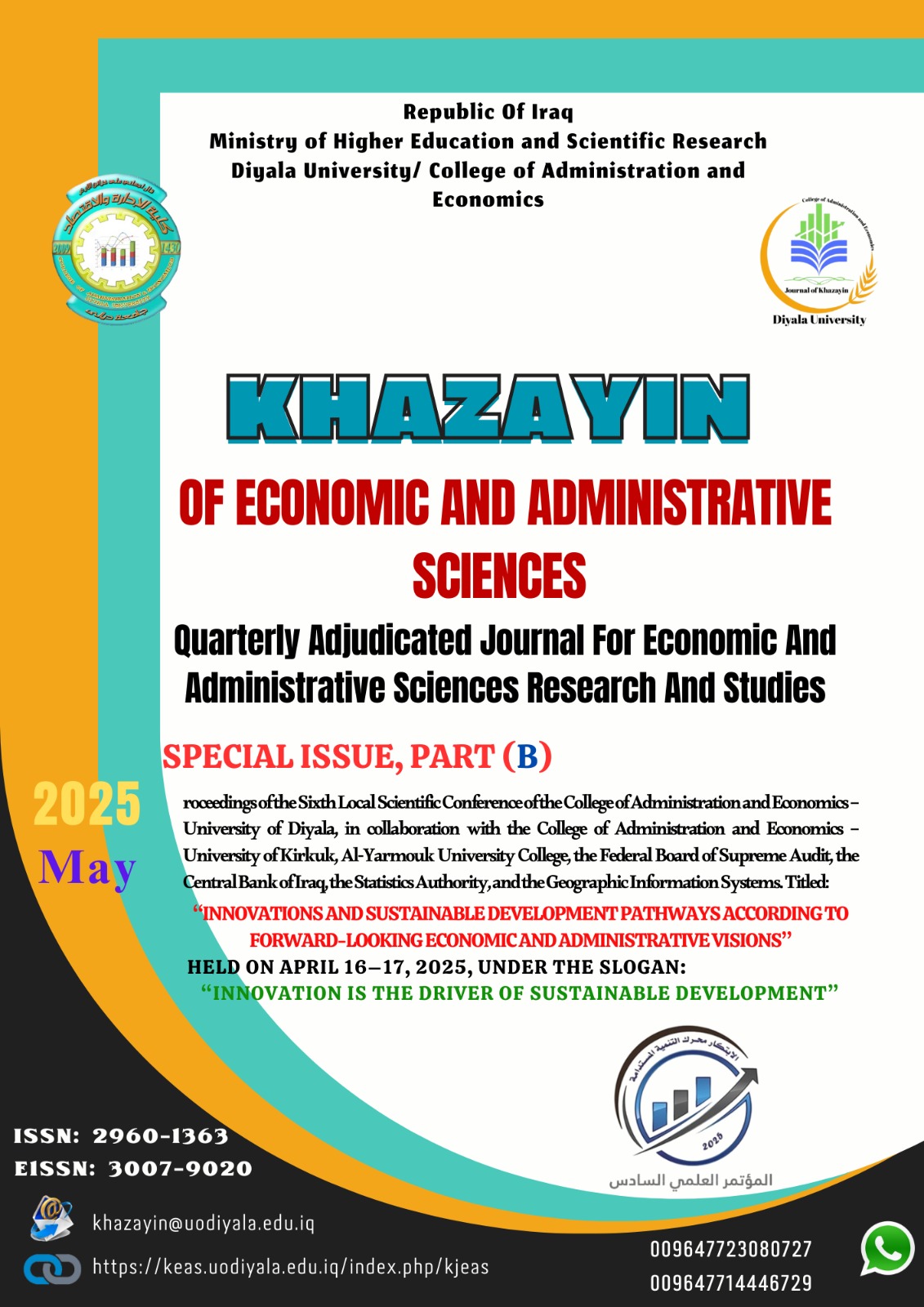Economic feasibility study for the establishment of the "Nahrain City for Innovation and Technology" in Iraq: a sustainable model for economic diversification and promoting innovation.
DOI:
https://doi.org/10.69938/Keas.Con2.250231Keywords:
Economic innovation, research and development, economic feasibility, smart cities, Nahrain Innovation CityAbstract
This research aims to analyze the relationship between economic innovation and growth and development opportunities in rentier economies, through a comparative study between Iraq and Saudi Arabia, focusing on the Kingdom's experience within the framework of Saudi Vision 2030. Data indicates that Iraq suffers from weak investment in research and development, with average spending not exceeding 0.04% of GDP during the period 2016–2022, compared to Saudi Arabia, which increased its spending to 0.8% and aims to reach 2.5% by 2030 (Central Statistical Organization, 2023).
The study presents a qualitative analysis of the policies, infrastructure, and government incentives that have enabled Saudi Arabia to improve its Global Innovation Index. It also presents a practical proposal for establishing the "Nahrain City for Innovation and Technology" in Baghdad, as an Iraqi model similar to King Abdullah Economic City and NEOM.
The study also includes a comprehensive economic feasibility study for the project, indicating a net present value of $1.1 billion, with an internal rate of return of 9.78%, and a payback period of up to 11 years. The research recommends adopting a national vision. To innovate in Iraq, stimulate the private sector, and provide a legal and technical environment that supports smart cities and the knowledge economy

Downloads
Published
How to Cite
Issue
Section
License
Copyright (c) 2025 Khazayin of Economic and Administrative Sciences

This work is licensed under a Creative Commons Attribution-NonCommercial 4.0 International License.











